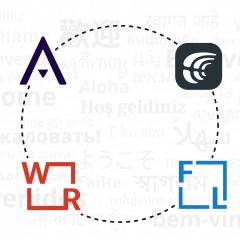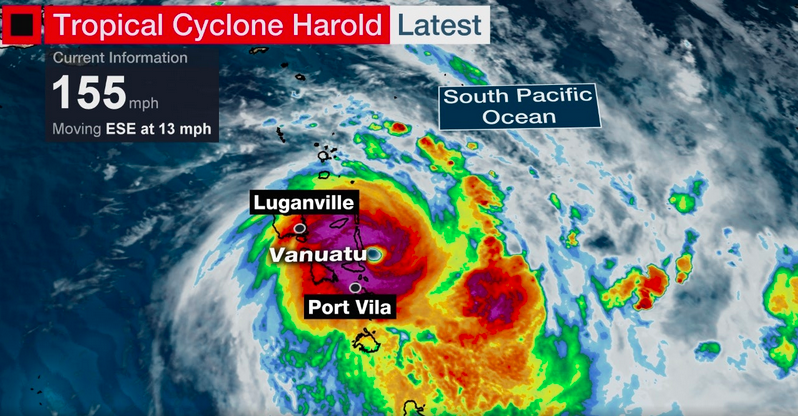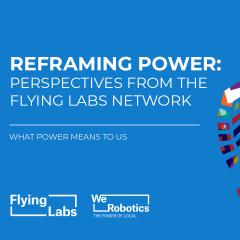
Timing is Everything: Humanitarian Technology and the COVID-19 Response
April 6th, 2020

Every day counts when responding to a pandemic. Priorities during this current phase of the emergency include rigorous hygiene, physical distancing, lockdowns, testing, general healthcare, and intensive care. While the operational benefit of "humanitarian technologies" during this first phase is understandably limited, this will change, quite possibly sooner than we’d like. This explains why Flying Labs and WeRobotics are already taking steps to prepare for future situations in which locally-led applications of humanitarian technologies will add far more value.

How do we know these new situations will arise? Because COVID-19 does not have a global monopoly on disasters. While other Category 5 "natural" disasters like Cyclone Harold are somewhat "far and few between," they will still impact tens of millions of lives in 2020. They will also continue to stretch the already-limited resources of the international community. Meanwhile, both small and medium-scale disasters will continue to strike in large numbers and place even more stress on national systems. Around 150 million people worldwide are affected by humanitarian crises every year, and the climate emergency is getting worse, not better. It is only a matter of time until disasters large and small affect communities and infrastructures already impacted by the pandemic. Scientists already know that 2020 will bring the warmest oceans on record, which could bring extreme weather events across the global for the rest of the year.
There will be fewer resources available to support small, medium, and large-scale humanitarian efforts in response to disasters that strike during the pandemic. The global and national lockdowns will prevent typical relief efforts from taking place. Even when these lockdowns are relaxed, this will be done in small steps across multiple phases. National lockdowns will be slowly relaxed before the global lockdown, e.g., before the current ban on international travel is lifted. This will create valuable space and opportunity for local actors to take leadership roles in response to crises that strike in parallel to COVID-19. To be sure, large international organizations will be highly risk-averse. They will continue to prevent both national and international travel for a more extended period than smaller, local, and more agile organizations. The UN, for example, cannot afford a repeat of what happened when UN peacekeepers in Haiti unwittingly unleashed a cholera epidemic.
In sum, while some organizations may not be able to add value during this first phase of the pandemic, this may well change. These organizations should, therefore, take the time now to prepare rather than seek an immediate role in the pandemic that may not be as impactful. Again, timing is everything. Knowing when to prepare versus when to deploy is critical. This means that Flying Labs and WeRobotics need to remain healthy and ready to deploy when the cascading effects of the pandemic strike. Flying Labs and WeRobotics must understand that the response to this global pandemic will be like running a 10,000-kilometer triathlon instead of a 100-meter dash. This explains why we must pace ourselves and decide now where and when we will respond based on our comparative advantages.
Recent Articles

